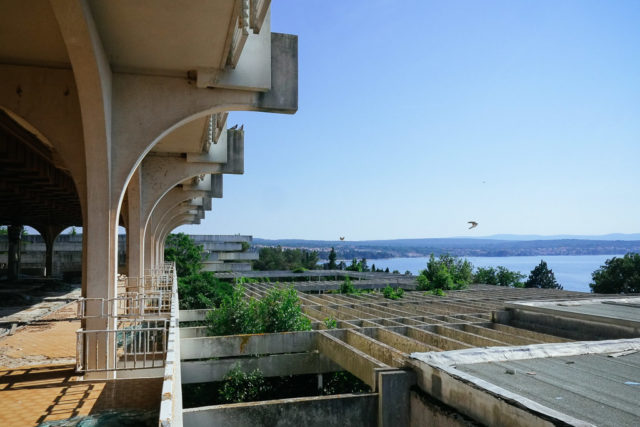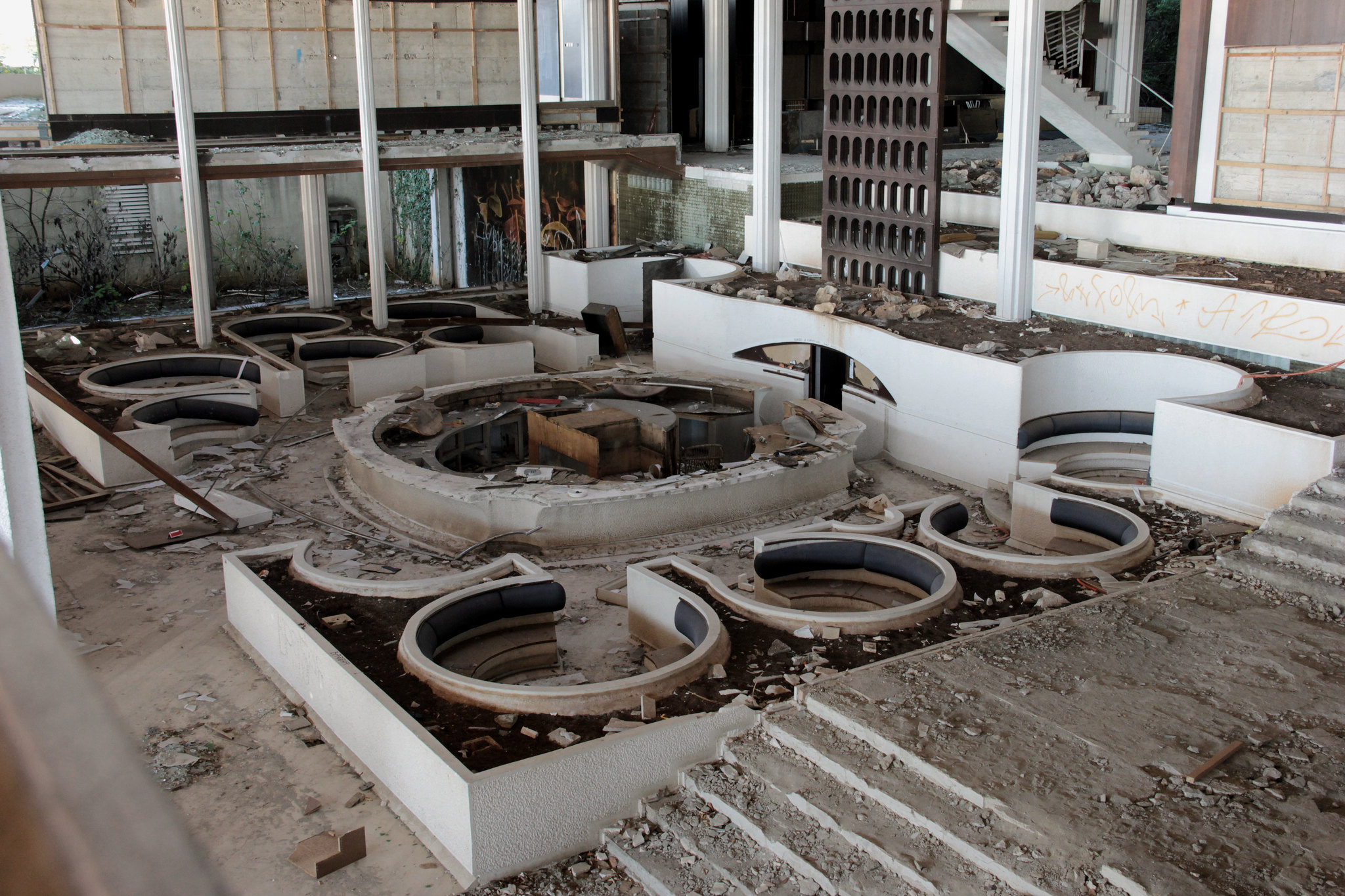In Croatia, on the island of Krk, north of Malinska, there is an abandoned hotel. It is all that remains of a resort which used to be one of the most extravagant places you could imagine – not surprising, given that it was the brainchild of Bob Guccione, the founder of Penthouse magazine.
Guccione visited the island of Krk in the 1960s and decided that it would be an ideal location to develop into a tourist destination. He also entertained the grand hope that by drawing Americans to a luxurious resort in the middle of the Mediterranean, he would foster understanding and peace between these two opposing cultures.
In 1969, Bob Guccione gave the order to Croatian architect Boris Magash to create a place that could connect the West with the East. Magash had also worked on the Polud stadium in Split, Croatia, as well as creating various examples of modernist architecture in Europe.
The project was designed in the brutalist style that was popular in the middle of the last century. The construction incorporated large concrete columns and an overall space-age feel, with pools both inside and outside the hotel.
The interior was elegantly decorated with wood paneling, and the Great Lounge boasted hanging gardens with fountains and a pool of its own.
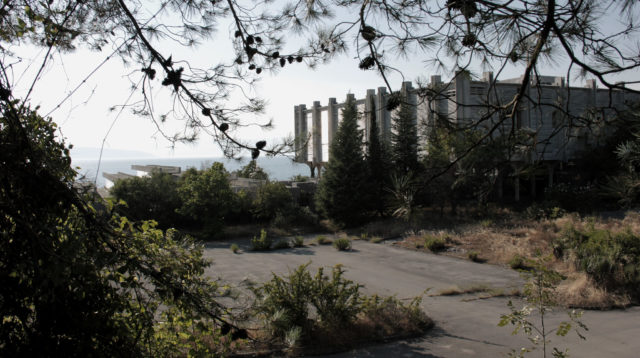
The timing of the hotel’s opening in 1971 ensured it was immediately successful since the doors opened to guests just a few years after Croatia canceled visa requirements for entry for foreigners. Furthermore, Rijeka Airport had just been opened in 1970.
A year later, Bob Guccione invested another $45 million into the resort and created the Penthouse Adriatic Club Casino in an effort to draw in more guests. The casino officially opened in 1972.
Guccione’s intentions were that this place would dispel the poor idea of communist eastern Europe that was held by many Westerners. It worked to some extent since the Western media were intrigued by such a grand American investment in the Yugoslav entertainment industry and began to disseminate this information in local newspapers.
The hotel quickly gained a reputation as the most luxurious vacation spot in all of Yugoslavia. In addition to the casino, the hotel also had a sauna, a beauty and massage salon, a bar, a restaurant with upscale cuisine, swimming pools, a tennis court, and much more.
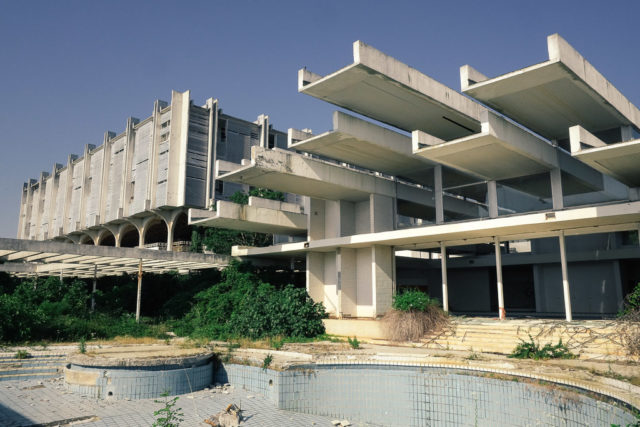
Unfortunately, the casino was nowhere near as successful as Guccione had anticipated, and it went bankrupt, resulting in its closure in 1973. The Haludovo hotel, however, continued to operate.
Part of the reason for the casino’s closure was a change in the tax laws which prevented foreign ownership of casinos in Yugoslavia. This change was to address a loophole whereby casino owners could withdraw their takings from Yugoslavia without paying any tax.
Bob Guccione was forced to abandon his business and leave the country due to the legal changes. He transferred the hotel to the management of a Croatian company called Brodokomerc on the condition that they would pay him three to seven percent of the hotel’s annual turnover.
Under its new owners and with the passage of time, the hotel returned to its former stability. Its rooms were graced by international dignitaries and heads of state until the end of the 1970s (for example, Olof Palme and Saddam Hussein). In 1975, it even hosted a musical event for the Western group the Golden Gate Quartet.
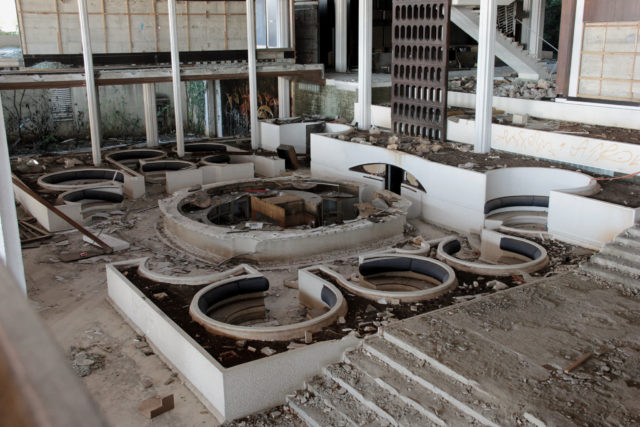
The hotel continued successfully for several years, but then its profits were hit by the 1980s unrest. The hotel’s last profitable year was 1990, just before the civil war broke out in 1991. After that, the region became less attractive to tourists.
During the war, parts of the vast hotel complex were used as shelters for refugees, since they were empty of tourists.
By 1995, Haludovo Palace Hotel was transferred to another owner: the joint-stock company Hoteli Haludovo Malinska dd. A year later, it changed hands again when businessman Bozidar Androcec bought the complex for an initial payment of two million euros.
Androcec was supposed to pay for the rest of the property in installments. However, by 1999, he had not made any promised payments and had, in fact, sold thirty percent of the hotel’s property to pay off personal debts.
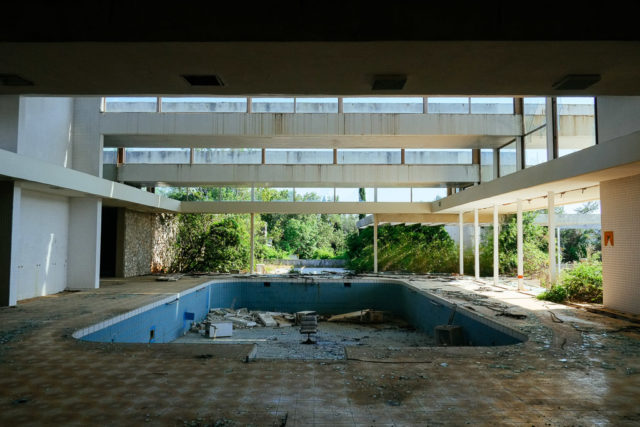
In December 2001, the last guest visited the hotel. After that, in 2002, the hotel was closed and completely abandoned. After a while, a new owner appeared: Ara Abramyan, a diamond trader and UN Goodwill Ambassador.
In 2007, Abrahamyan sold part of his stake to Enmyn Limited, but due to some legal complexities involving shell companies, he remained the chairman of the supervisory board. Over the entire tenure, many people – even presidents – pleaded with him to restore the hotel, but he never fulfilled any of his contractual obligations.
At present, the hotel is still abandoned. The buildings themselves are intact, but the interiors are ruined. The hotel is a dangerous place to visit, as the floor has rotted in places, the stairs have collapsed, and the ground is littered with broken glass from the windows. The pool is dry and filled with trash.
Tatty furniture and moldy mattresses are all that remain in bedrooms that once catered to the rich. Now only urban explorers walk its halls, always with great care since this place is now incredibly unsafe.
Big thank you to Ferenc Biró and Nate Robert for providing such amazing photographs of this huge abandoned hotel. Check out their pages for more interesting information and photographs!
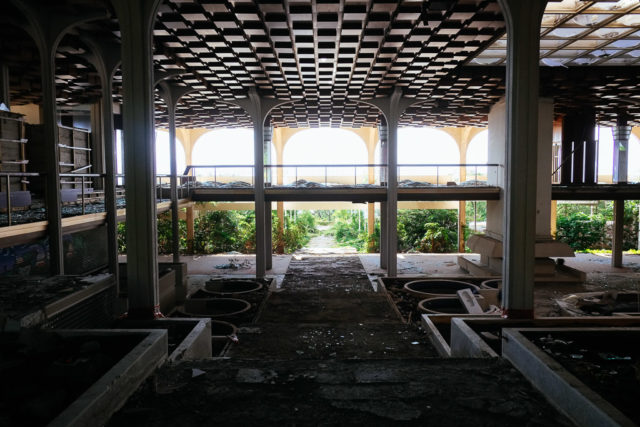
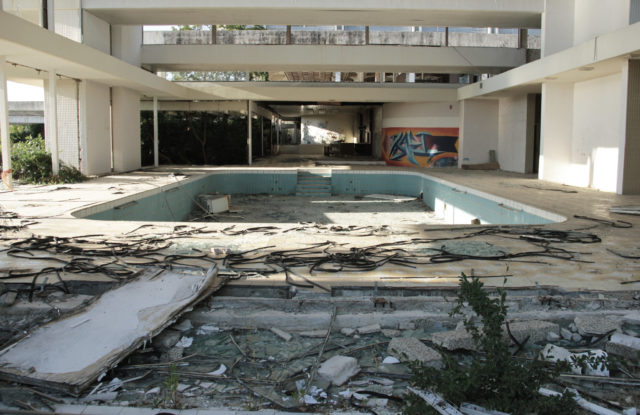
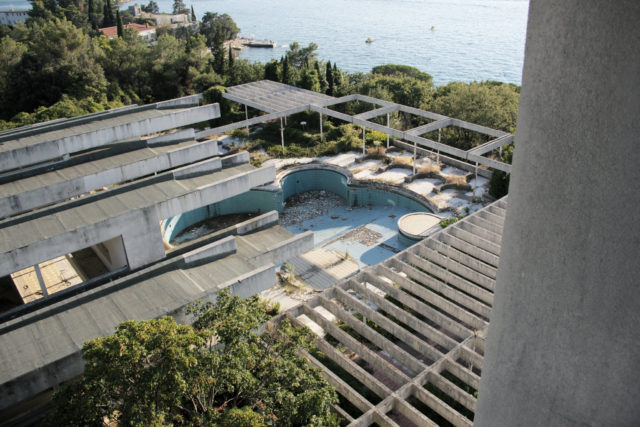
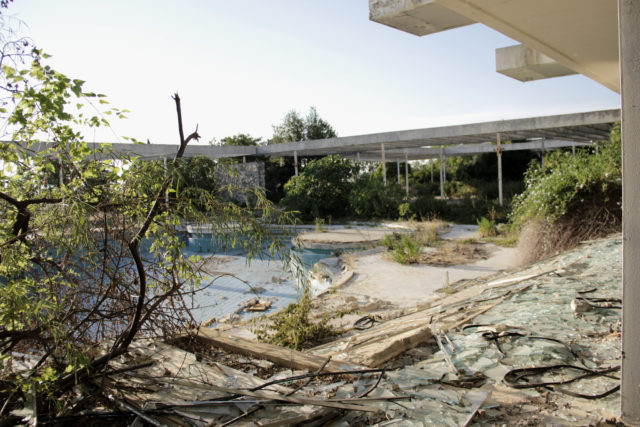
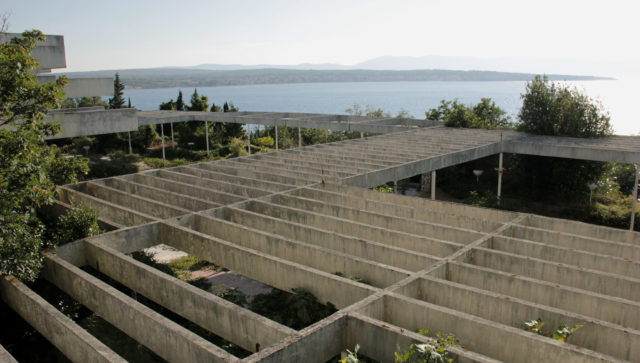
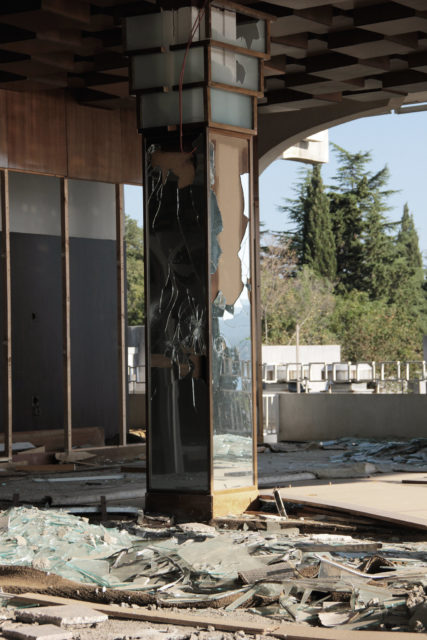
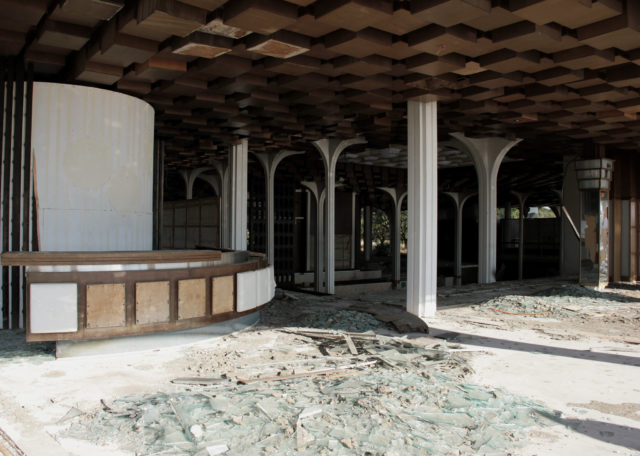
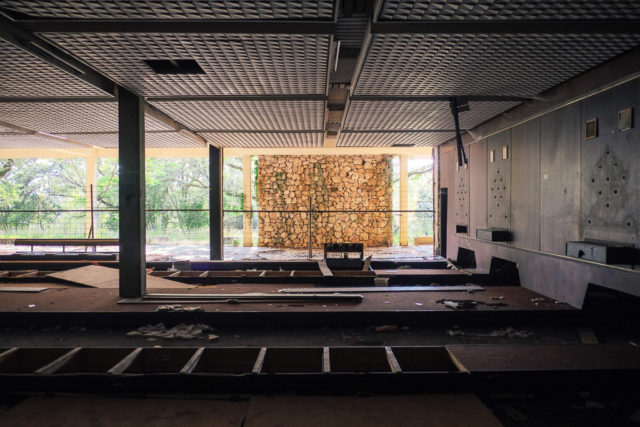
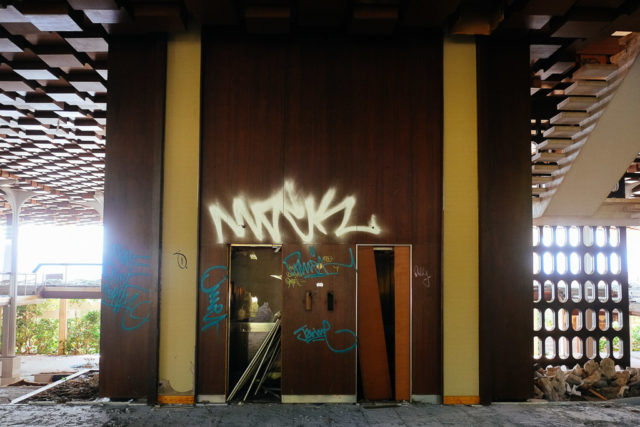
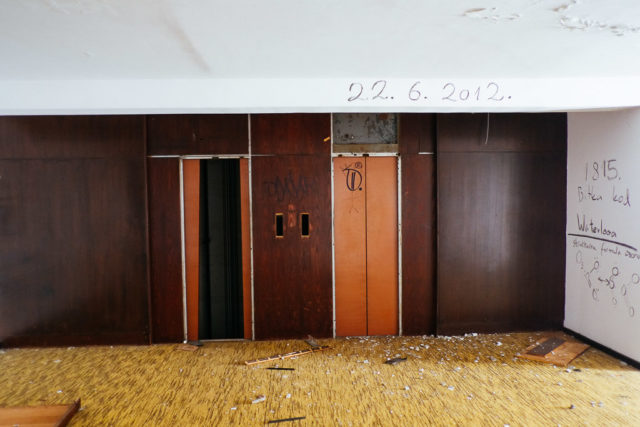
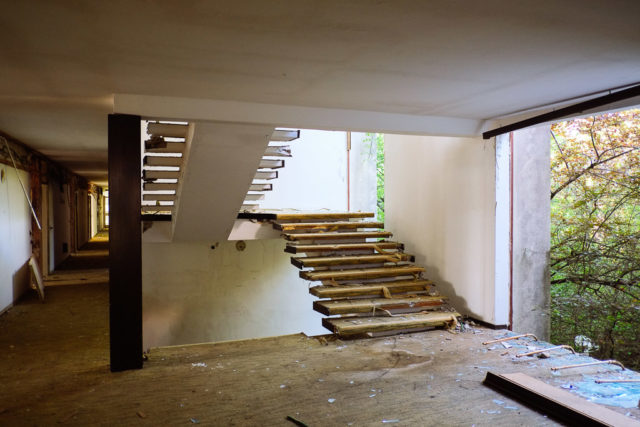
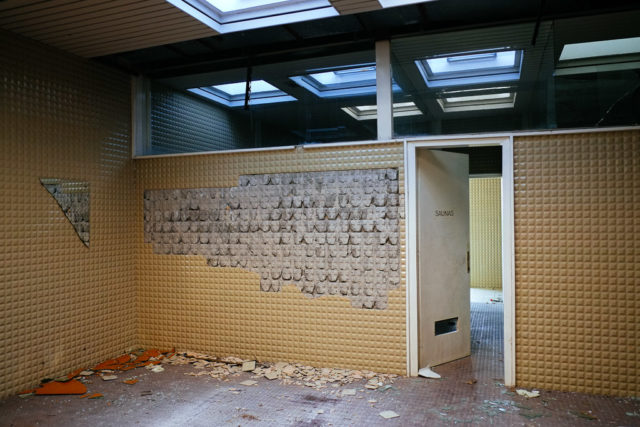
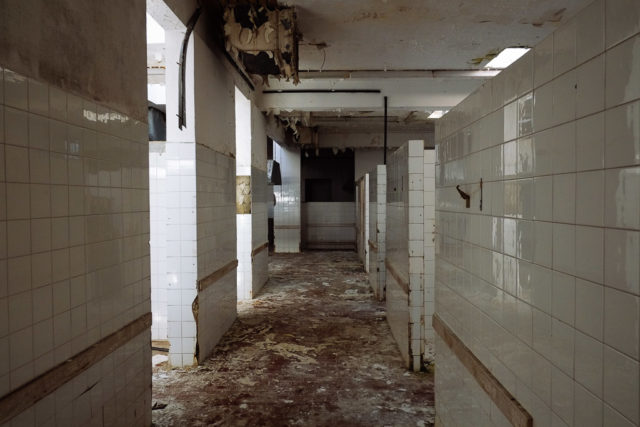
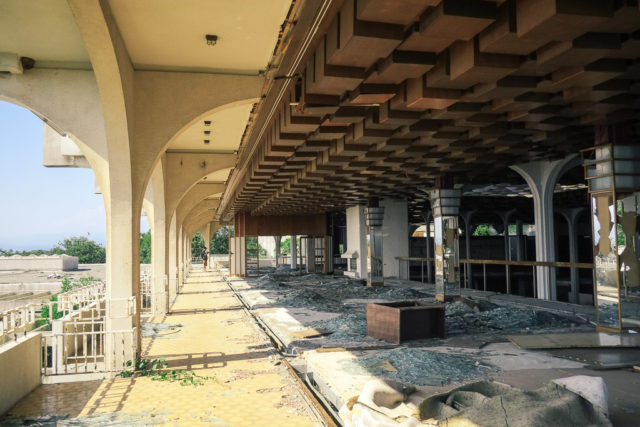
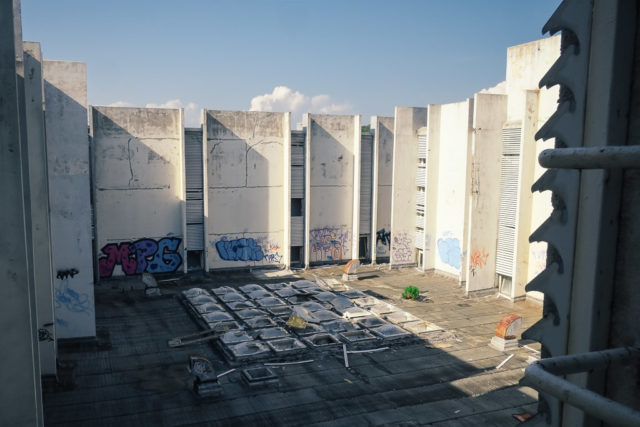
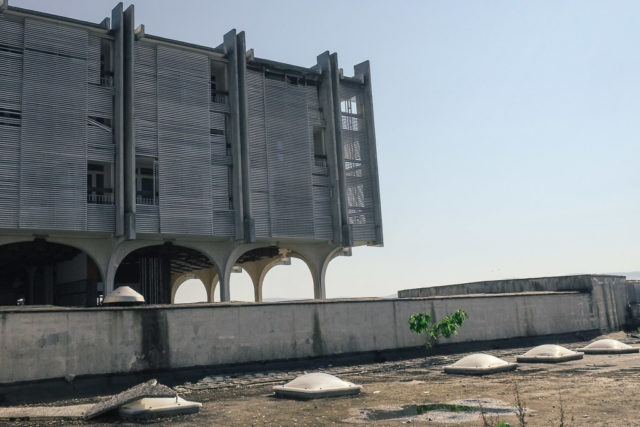
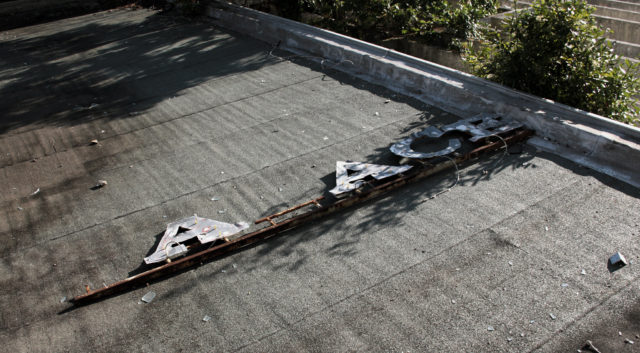
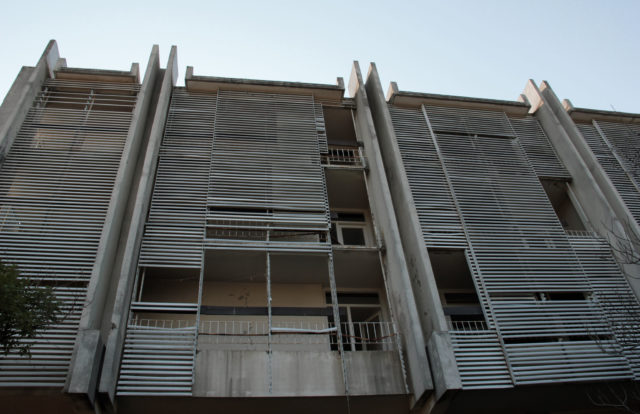
Another Article From Us: Abandoned Mansion of Alfred Nobel Creator of the Nobel Prize
